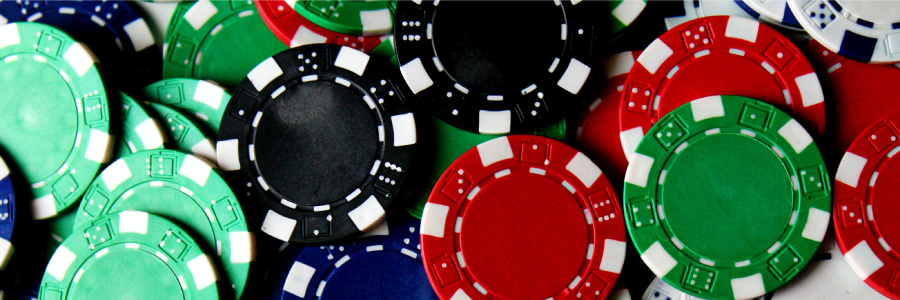Today, tokens are used in many areas of life, without anyone thinking about it. In blockchain-backed technology, they are at the center of attention. Here is why.
Casino chips, stock certificates or the stamp that grants access to a concert are just some examples of tokenization. Even paper money and coins are tokens because they only represent a tradable value.
To prevent people from cheating the system, most tokens use certain anti-counterfeiting measures. Historically, the commonly known providers of trust have been central banks. Central banks issuing coins and bills make sure monetary denominations are difficult to replicate. Without this, no one would define a token as valid bearer of value. Furthermore, people must trust the banks to fulfill that task. The same is true for an organizer of a concert when selling tickets.
What is a cryptographic token?
Cryptographic tokens operating on a blockchain are quite similar. They can grant access rights to a specific property or give access to a service or collective good. Like all tokens, they need inbuilt anti-counterfeiting measures. To ensure the validity and security of a cryptographic token, developers use a smart contract. The smart contract is part of an underlying distributed ledger.
Strictly speaking, the term “token” is incorrectly and you should understand it as a metaphor. In contradiction to what the metaphor suggests, a token does not represent a digital good that is sent from one device to another.
Instead, tokens are referring to an asset and/or grant access rights while being collectively managed based on a distributed ledger. Consequently, this provides a public infrastructure in the form of a record of a transaction. This means that the ownership of a token is clearly associated with a specific wallet.
How cryptographic token work
In order to be used in that way, cryptographic tokens have to follow a certain set of rules that are encoded in a smart contract. This is why it is called a token contract. Every token belongs to a blockchain address. To access these tokens the dedicated wallet needs to communicate with the blockchain. It also has to store the public-private key pair that is related to the blockchain address.
To access the respective tokens a person needs to know the private key of that address. This will verify that person as the owner or custodian of that token. If the token represents an asset, the rightful owner can transfer the token by signing with their private key. When doing so, a digital fingerprint or digital signature is generated.
If someone uses the token to get access rights to goods that somebody else owns, it actually works the same way: The owner of that token can only access it with the private key.
What kind of blockchain tokens are there?
In most cases, the use case of a token defines its name. FINMA, the Swiss Financial Market Supervisory Authority, classified 4 different kinds of token for instance which can be used in any blockchain-backed field. When they classified the tokens, FINMA was careful to point out that each token could fall into more than one category.
- Security Tokens: Most tokens issued by ICO are security tokens. A person who is willing to buy these is investing in the ICO expecting to profit in future. Some countries like the Swiss have laws that treat these the same way as traditional securities.
- Equity Tokens: These can represent for instance stocks or equities. So far only a few companies have attempted to use this kind of token because there is not much regulatory guidance on what is legal and what is not.
- Utility Tokens: In some publications, the author also calls them application tokens. Generally, people use them to get access to either a product or a service. Utility tokens are rare because their value is based on their limited supply.
- Payment Tokens: These tokens are created to be used as payment and therefore have no other purpose than to pay for goods and services.
FINMA was careful to point out that each token could be in more than one category. But it is important to mention, that other financial regulators will offer slightly different definitions. Other categories are possible as well, as space becomes more established. The use of cryptographic tokens is still a very new concept.
